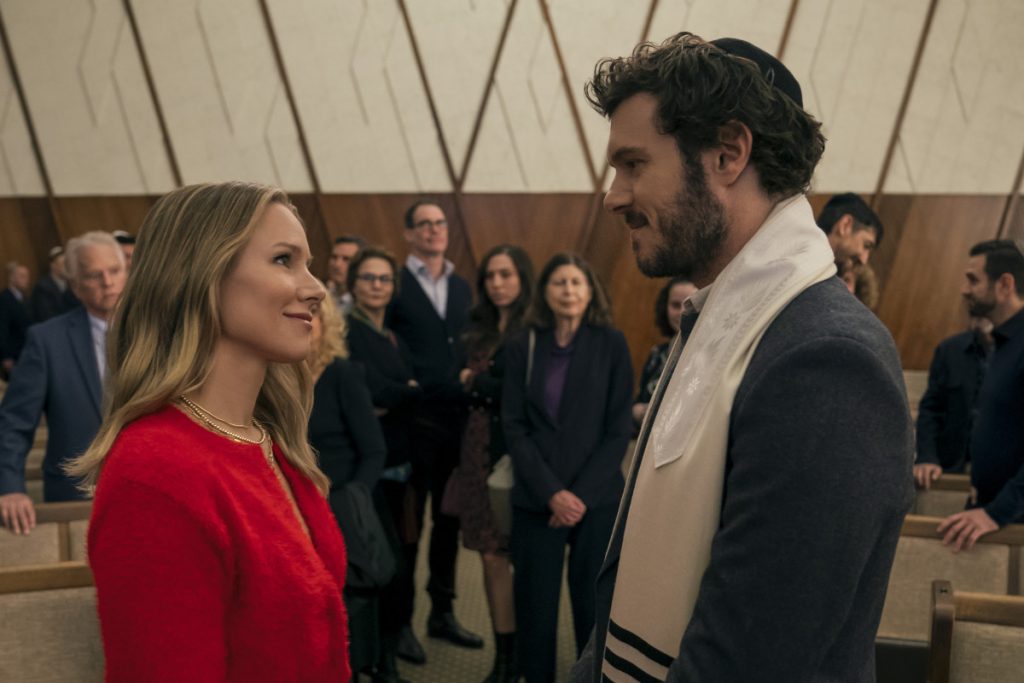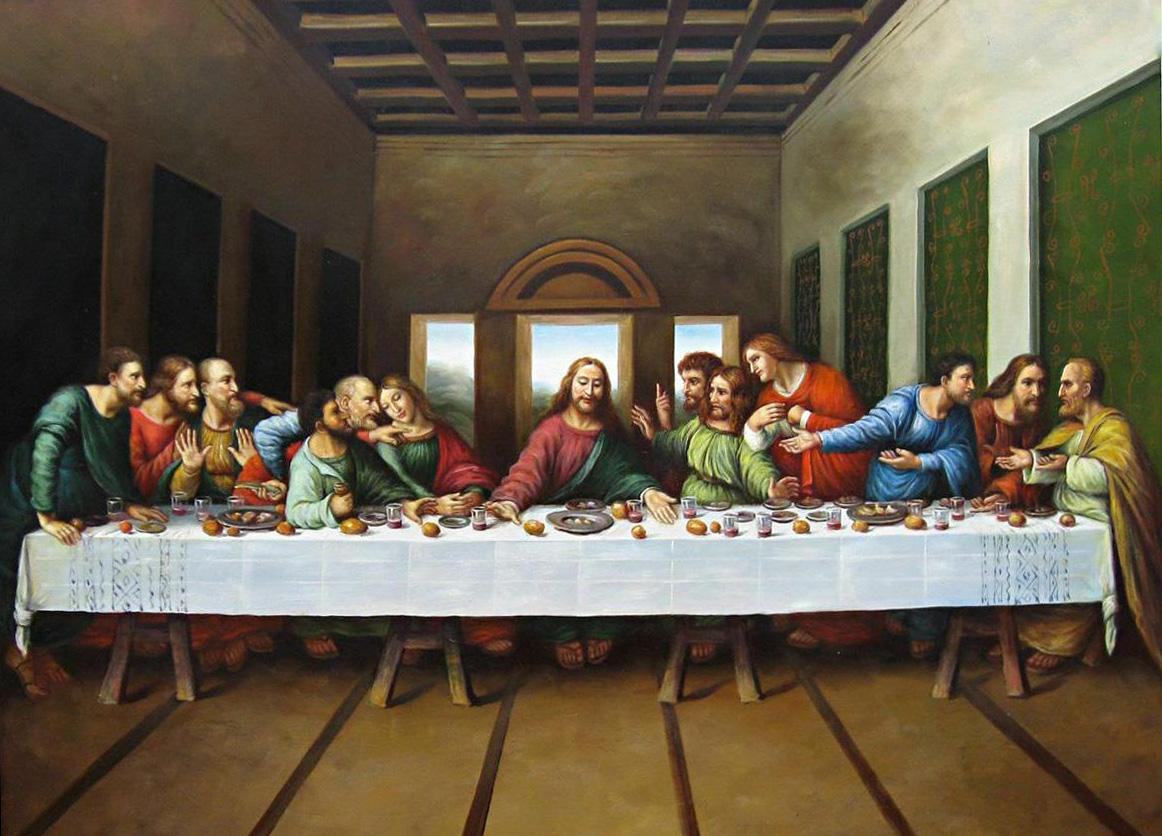- 11 Ways You Never Imagined Leonardo da Vinci Influences Screenwriting Today (Part 1)
- 11 Ways You Never Imagined Leonardo da Vinci Influences Screenwriting Today (Part 2)
7) Rise Above The Noise
Da Vinci’s stunning visions led him to conceptualize inventions far ahead of his time, from flying machines to armored tanks. He identified information about the human heart that is used today. The Mona Lisa has been inspiring humanity since it was painted.
This kind of innovation is crucial for screenwriters. If you have two or three streaming services you already know the huge amount of content being generated. Do you think that content is mundane? Some maybe, but most illuminates a profession or situation that mainstream audiences weren’t aware of.
C.J. Box wrote the Joe Pickett books that became the TV series. Pickett is a game warden in Wyoming. He’s married, has two young kids, a tough, bright wife, and a dog. He’s not going to investigate the normal crimes in a normal setting. In the first season, based on the book Open Season, the reason people are being killed is because of a unique crime being committed. Pickett didn’t last beyond two seasons but Box has written over twenty-five books on this unusual character and his profession.
Da Vinci’s innovation was the product of his fearless approach to experimentation. He wasn’t afraid to ask “What if?” and let that question guide him toward groundbreaking ideas. Scriptwriters today can adopt this mindset by taking risks in their storytelling, challenging traditional plot structures, and experimenting with non-linear narratives, alternative genres, or hybrid storytelling forms that merge different media or formats in order to “rise about the noise.” The current use of interactive storytelling in video games and streaming platforms are also excellent examples of that type of creative innovation.

Joanne (Kristen Bell) and Noah (Adam Brody) in Nobody Wants This. Photo courtesy of Netflix
The Netflix series Nobody Wants This has a familiar set of characters, but the story is told as a long form narrative in ten, twenty-four minute segments. Different and refreshing. Similarly, the heist anthology TV series Kaleidoscope is offered in eight episodes along the timeline surrounding the heist. It can be viewed in any order and still make sense.
8) Shoot The Moon
Da Vinci was deeply influenced by the stories of myth and legend. His scientific mind didn’t prevent him from exploring themes of mystery and wonder, blending the rational with the fantastical.
Scriptwriters should be intellectually conversant in all forms of storytelling. Star Wars in particular (all of them but especially the 1977 original series) used Campbellian mythology to frame the storyline. Many film works use biblical references, as did da Vinci, who was influenced by the heavily religious culture of the times.
You can look to this blending of the real and the imagined to create stories that engage both the intellect and the emotions. Combining grounded, relatable characters with extraordinary, world-altering events is a hallmark of some of the best contemporary films and television series, from Inception to Stranger Things. The unknown had just as strong an impact on da Vinci’s works as it does now.
9) Art That Resonates Emotionally
Screenplays can be a romp without meaning beyond them. That’s fine – they’re entertaining without a lot of thematic depth. The movie Crank is a good example. Unless I’m misremembering (entirely possible) the Jason Statham character doesn’t have much of a character arc. Another terrific actioneer is The Bee Keeper. Someone shouted “Go” and it never stopped. These movies roar and they’re conceptually solid. Sharknado is another joyous actioneer. But depth? Not really. The recent Cocaine Bear is brilliant in its blatant simplicity. Bear eats drug cartel’s cocaine shipment. Insanity ensues. Yes!

Adam Clay (Jason Statham) in The Beekeeper. Photo courtesy of MGM
All of that is okay. Plenty of room for popcorn movies in our business.
However, the movies that truly resonate tap into the emotional core of the creative process to go beyond the sum of the parts.
At the heart of da Vinci’s work is his exploration of human emotion. His art captures the full spectrum of human experience – joy, sorrow, curiosity, and wonder. The Mona Lisa’s enigmatic smile, for example, has been the subject of endless debate because it conveys such a wide range of emotions. Similarly, the Vitruvian Man represents both the intellectual and physical dimensions of humanity showing Leonardo’s deep interest in the balance between science and art. Is there a more compelling piece of art beside The Last Supper? The very title connotes a deep conflict and breathless moment in Jesus’ life. No matter what you believe religion-wise, what the story it tells in one image is immensely impactful and has emotional resonance.
When you see da Vinci’s work you are moved. That’s not by accident. You don’t become a master of something by not evolving. Writers must evolve and embrace their limitations in order to grow beyond them.
10) Show Don’t Tell
The hoariest of scriptwriting tropes is in full explosive evidence in da Vinci’s massive works both art and inventions. His skill as a visualist shows the importance of an idea translated into a visual, while another old saying is in place, “A picture is worth a thousand words.”
Da Vinci’s expertise in painting offers a unique lesson in visual storytelling – a crucial aspect of screenwriting. Screenplays are blueprints for visual media, and writers must think in terms of what will appear on the screen. Da Vinci’s work can inspire writers to consider how scenes will be visually interpreted and inter-connected by directors and cinematographers.
Being a word artist, as pretentious as that sounds, is what scriptwriters are. I tell my students to direct without directing by writing what anyone would see when they read their works.
11) It Takes What It Takes
Da Vinci’s life was defined by patience and perseverance.
Because of his low social status (illegitimate) Leonardo couldn’t follow his father into the practice of law. Instead, he apprenticed for ten years as an artist, patiently refining his skills and concepts, before striking out on his own. The rest, as is said, is history.
His patience for results extended to his creative process. He often spent years, decades, on his ideas, researching, and experimenting with new techniques. Many of da Vinci’s drawings are incomplete because he constantly moved forward, but he’d also come back to those ideas to add to them.
For screenwriters, this is a critical lesson; great storytelling takes time. In an industry that often prioritizes quick turnarounds, da Vinci’s meticulous approach reminds us that the creative process cannot be rushed.
There are hundreds of websites and social media sites that perpetrate the myth of quick success. They have to. They sell the sizzle not the steak. We hear about writers like Diablo Cody or Quentin Tarantino who achieved the dream seemingly overnight. Not much is said about how long it took them to get to that pinnacle. “Luck is when success equals opportunity.” Nothing truer could be said about anyone’s achievements and especially the arts, including screenwriting. Today, self-publishing is easily achievable. Write, format, publish online. But no-one is jumping to make your screenplay into film unless it’s you. And although the path to that is much easier these days, it’s still not simple or inexpensive.
Da Vinci’s patient example encourages screenwriters to embrace the long, often winding path of creativity, knowing that each step – no matter how slow – is part of the journey.
Leonardo da Vinci revisited projects multiple times. He would continue working on pieces like The Last Supper, going back to correct details and make improvements long after others might have declared them finished. For a screenwriter, this might translate to revisiting old scripts, refining ideas, and not being afraid to rewrite — even if that means starting from scratch. Perseverance, as da Vinci demonstrated, is often the key to unlocking genius.
Conclusion
If I live to teach until I’m a hundred I will never understand a student’s unwillingness to explore.
There was no Internet as we know it when I started writing. I went to book stores, libraries, and called people to ask questions. Imagine how limiting da Vinci’s intellectual world was and he created the most incredible pieces. He did hands-on research – would most writers actually do that today? The successful ones do.
The Hunt For Red October written by Tom Clancy, which then became a huge hit, was the result of hundreds of hours of research in the stacks at the Naval Library. When the book came out, Clancy was nearly arrested and jailed because the Navy thought he had access to top secret material regarding the experimental cavitation drive. What he had was their own research, publicly available, that he took advantage of.
Today, it’s as simple as tapping into a search engine online and getting millions of words on that subject. And AI makes that all even simpler.
You don’t have to have been born in the Renaissance to be a Renaissance person. There’s an old Gatorade commercial campaign called Be Like Mike about basketball legend Michael Jordan. Let’s co-opt that to say, “Be like Leo.”
You have to be curious and work hard to expand yourself, your reach and understanding like the maestro.
Read, listen to podcasts, login into Reddit, talk to people, study subjects online – just be curious. Become that know-it-all who everyone tires of at dinner. Feed your subconscious and it will engage your brain!
At least one genius did and he’s still celebrated five hundred years later.

